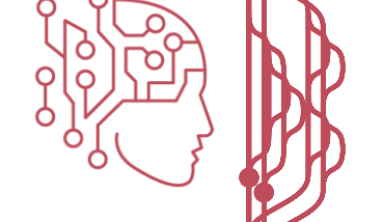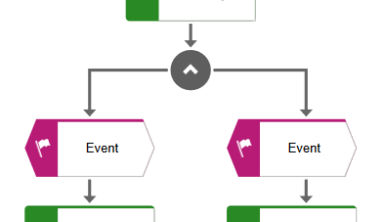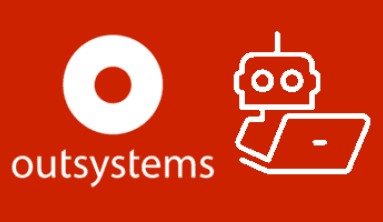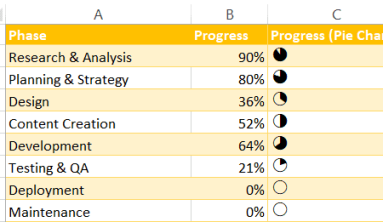Things are changing when it comes to the ways that public agencies approach their software needs.
Previously, suite solutions reigned. Organizations purchased ERP systems and other large-scale solutions with the promise of one source for all the data and information that powers their organization.
Fast-forward to the present. Many teams have been burned by painful multi-year implementations and infrequent updates. Others find themselves stuck with monolithic software that forces a square peg into a round hole, leading to workarounds and manual steps outside the system. This is not just inefficient—it also compromises the integrity of your data and leaves you with an incomplete picture.
As a result, organizations are favouring a new, more agile type of software: “best-of-breed.”
What is best-of-breed software?
Technopedia defines best-of-breed software as:
“The best system in its referenced niche or category. Although it performs specialized functions better than an integrated system, this type of system is limited by its specialty area.”
Here’s how it works: rather than trying to find a software solution that is ‘everything to everyone,’ many public agencies are implementing best-of-breed systems in multiple functional areas and linking them together—a ‘swiss-army knife approach’ to buying software.
In the context of procurement technology, GovTech defines best-of-breed as “digital tools designed for one element of the procurement process, such as sourcing.”

5 benefits of best-of-breed software
How does best-of-breed software help your team? Here are some key advantages:
1. Solutions do exactly what you need them to.
By nature, best-of-breed solutions are hyper-focused on doing one thing well. As the GovTech procurement guide notes, “by specializing in one area, a vendor may offer newer technology and more extensive capabilities than companies providing broader applications.” You can also expect more frequent updates and greater product innovation.
2. ROI in months, not years.
Because they involve fewer stakeholders and offer specialized solutions, best-of-breed systems have lighter training and implementation requirements — making them a good fit for teams that need results today and can’t wait for a lengthy implementation.
3. Better user experience.
The cornerstone of good user experience is designing solutions with end users’ needs, behaviors, and values at the core. Thanks to their narrower scope, best-of-breed solutions can provide a user experience that is tailored to primary users’ needs and preferences, making it intuitive to learn and pleasant to use on a daily basis.
4. More agile, less risk.
Nobody plans for their software implementation to fail, but in reality, 90% of them do. Best-of-breed solutions have much lower implementation and start-up costs, meaning the risk of getting locked into a system that doesn’t work is much lower. Some systems reduce risk further by offering ‘proof of concept’ or trial periods so you can try the solution before committing to a long-term contract.
5. Can be linked together efficiently.
Employing more than one best-of-breed solution doesn’t mean your data is doomed to be siloed. Many best-of-breed solutions offer significant flexibility, allowing you to connect multiple systems through light integrations or simple processes.

A best-of-breed software case study for public sector
“Best-of-breed” was the approach that Craig Milley, Principal Consultant at Wayfinder Consulting, took when seeking technology to support procurement improvements for Cayman Islands government.
Rather than seeking a one-size-fits-all ERP-style application, they chose to implement multiple purpose-built software systems. They selected best-of-breed solutions that met the Cayman Islands’ unique needs, supported process improvements, and could be quickly rolled out to stakeholders, many of whom are not subject matter experts in procurement.






